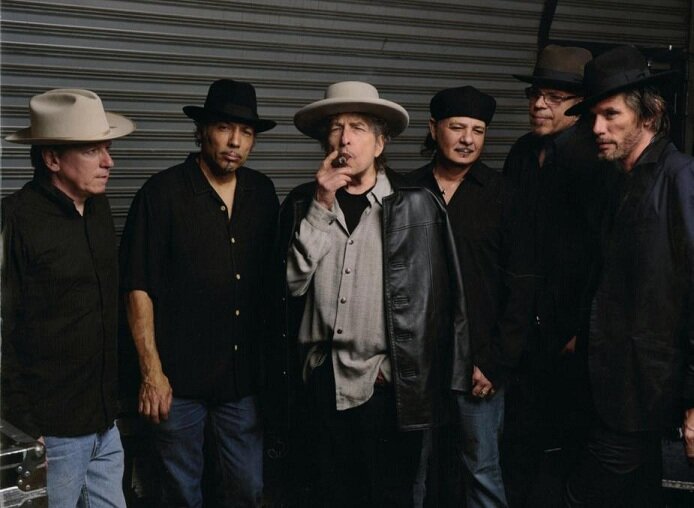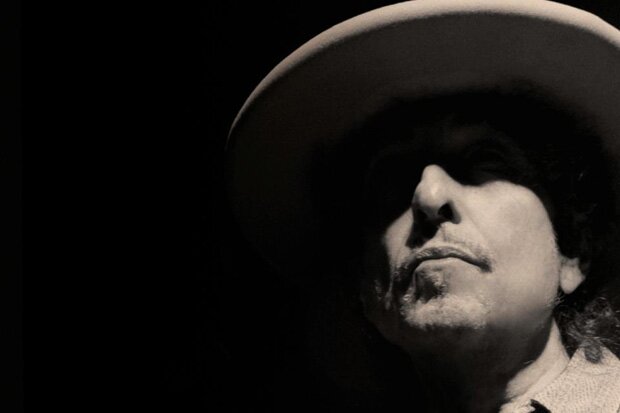As Homeland wins a record six Emmy awards, we ask what such an award means if it isn’t actually about the relative quality of the competing TV shows.
What do the Emmys tell us about anything? This year, Homeland was the big winner, scooping a record-equalling six prizes, including best actress for Claire Danes, best actor for Damian Lewis and outstanding series. At the same time, Mad Men not only missed out on winning its fifth outstanding series award in a row, but also failed to convert one of its 17 nominations into a win. From this evidence, one might be tempted to imagine that Mad Men has entered its terminal decline, while Homeland represents some creatively inspired bolt from the blue. For someone who has enjoyed Mad Men’s rejuvenated fifth season while slogging through Homeland’s uninspired and overly twisty-turny first season, this interpretation is patently wrongheaded.

It is safe to say that the Emmys are no useful guarantee of quality, and never have been. During its five-season run, The Wire—now frequently described as the best TV series ever—did not win a single Emmy. In fact, it never even made the shortlist of nominees for outstanding series. It took five nominations before The Sopranos—another contender for the increasingly debased title of “best TV series ever”—finally won: In the meantime, it had lost four times to The West Wing. In 2005, Lost beat Deadwood offering definitive proof that standards of excellence were not the metrics being applied in this contest. One could ask then, if the Emmys are no mark of quality, what function do they serve?
Quite practically, the most significant measure that the Academy of Television Arts & Sciences responds to is commercial success. In 2006, 24—almost past its use-by date with critics, but still a ratings juggernaut—won the top award, beating the Sopranos. The Emmys won by Homeland this week are a similar ratification of that show’s popular appeal: By the end of its first season, it had amassed just under twice the number of viewers as Mad Men had secured by the end of its fifth, and highest-rated, season. Giving the top award to a ratings success puts an official stamp of approval on an anointing already carried out by the viewing public. The Academy of Television Arts & Sciences is not in the business of alienating its base by making ivory tower gestures to unfashionable and frequently inscrutable works of TV drama. Awards made to shows such as Homeland offer a retroactive assurance that to be a viewer is to be someone with an effortless, unstudied and instinctual grasp of quality.
Like the Oscars before them, the Emmys were created to bestow a legitimising gloss of respectability on a suspect industry and product, born into an oppressive environment of political witch-hunts and moral crusades. Just as Hollywood instituted self-censorship through the Hays Code and created its own measure of quality via the Oscars as inoculation against the more frightening disapproval of outside forces, television also took institutional measures to affirm its decency and capacity to take care of its own affairs. Part of this initiative involved staging an event that could generate pictures of TV people in evening dress, comporting themselves respectably while receiving shiny statuettes.
Television has long overcome its initial existential insecurity and the Emmys now have a momentum of their own, but these awards stay true to their origins by continuing to publicly proclaim American TV’s opinion of itself. For one thing, the whole event wafts a sanitising air, perfuming some less confounding genre hits, but leaving the irredeemable outlying genre reaches of TV untouched. Game of Thrones can be nominated and is fit to dominate in technical categories, but there is a suspicion that its fantasy-fiction origins eliminate it from serious consideration—or at least until it has an assured audience and has reached its lap-of-honour final season. The actors of Breaking Bad are also awards-worthy, but Academy voters haven’t chosen to acclaim the show itself, perhaps put off by its subject matter.
Another way in which the awards still speak to the medium’s current anxieties is the impulse to celebrate popular shows that actually draw viewers at a moment when there is fierce competition from alternative broadcasting streams (the Internet) and alternative uses of TVs (gaming). Homeland’s Emmy could be read as a pronouncement: “Look, here is exciting, popular, quality TV drama. Please continue to tune in!” Perhaps next year—by which time Homeland’s fundamental resemblance to 24 should be even more apparent—this series will no longer serve as a suitable vehicle to advertise television’s implacable currency. A faltering second season, or a ratings success that is confirmed in its predictability may not be able to adequately respond to whatever anxiety will be troubling TV’s digestive system 12 months hence.
Just don’t expect the prize to be awarded to something truly outstanding.

